CS134 Project Final Report
Audio and Image Source Separation With Independent Component Analysis
My email: Xiaoyu.Zhao@dartmouth.edu
Problem statement: Mixed Signals can be viewed as linear combinations of original sources. X=AS. With knowledge of A, we can simply recover the sources by solving linear equations. Indepedent Component analysis is introduced when we have no prior knowledge on A.
Data type that ICA can be applied: The probability distribution of the mixed signal should be Super Gaussian distributed. Super Gaussian distrubution has a peak at the center and long tails. 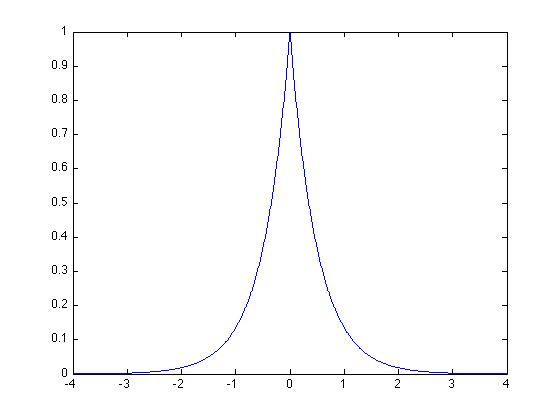
Limitations: The number of linear mixtures should be larger than or equal to the number of indepedent components. Each independent component cannot be Gaussian distributed.
Fast ICA algorithm summary:
Principle: The distribution of a sum of independent variables is more gaussian distributed than any one of the components. When taking a vector w which maximizes the nongaussiananity of w^Tx, w^Tx equals one of the independent components. y=W^Tx=W^TAs
Measurement of Nongaussianity: approximation of negentropy
J(y) oc [E{G(y)}-E{G(v)}]^2, G(u)=1/a1(log cosh a1*u), or G(u)=-exp(-u^2/2), v is a Gaussian variable of zero mean and unit variance. In fastICA, G(v)is the approxiamated as the derivative of quadratic function G(y).
Fast ICA algo for one unit:
1.Initialize W
Repeat from step2 until convergence
1.W^+=E{xg(W^Tx)}-E{g'(W^Tx)}W
2.Normalize on w
Fast ICA for several units(deflation)
1.Give the units a weight vector w1,...,wn
loop p=1:n
1.wp+1 = wp+1-sum(i=1:p)wp+1^Twjwj
2.normalize wp+1
Dataset:
Standard Matlab sound files (handel, chirp, gong)
Sound track from website: http://www.dcs.warwick.ac.uk/~yu/[mix1][mix2][mix3][mix4]
Image dataset comes from http://www.cis.hut.fi/projects/ica/data/images/
Result:
Sythesized Data:
Audio:
Seperated Audio Signals: [sep1][sep2][sep3][sep4]
Image:
Grayscaled Images:
Source Images
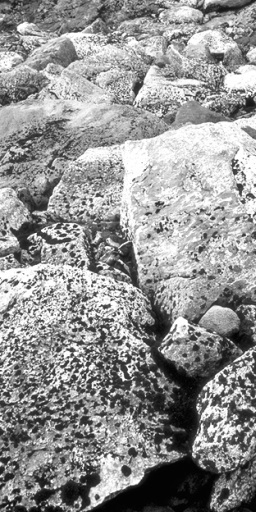
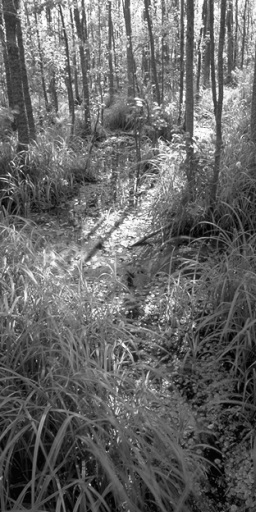
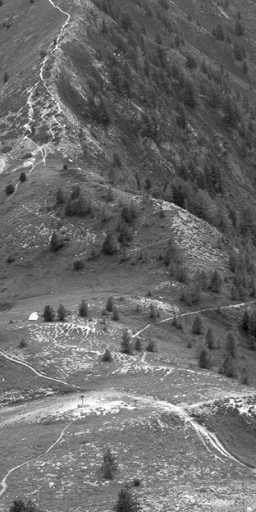
Mixed Images with different weights:
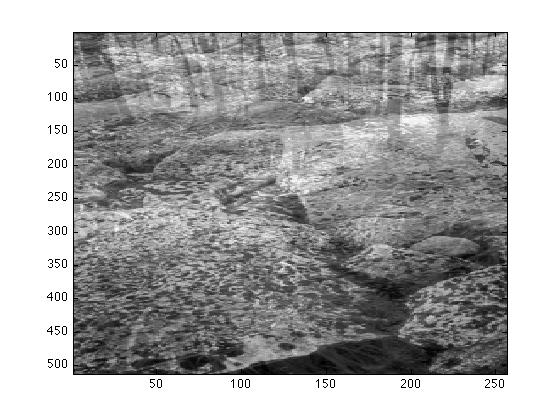
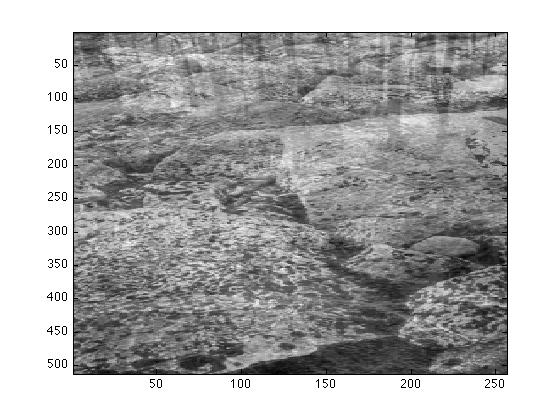
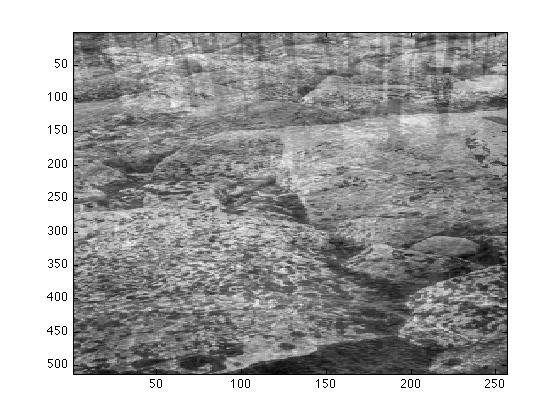
Histogram of mixed images:
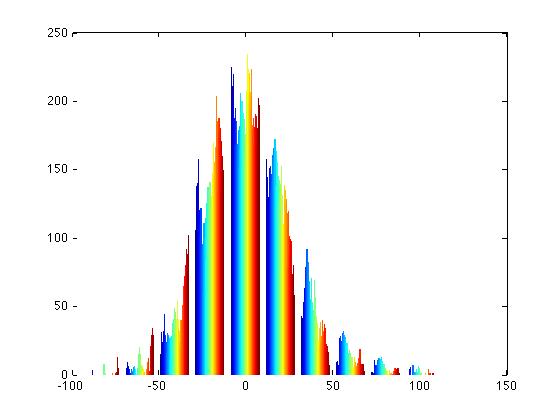
Seperated Images:
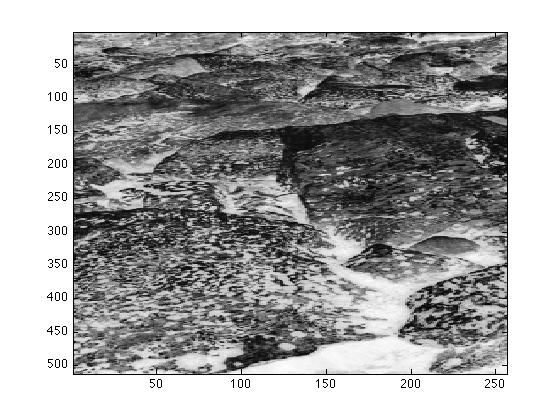
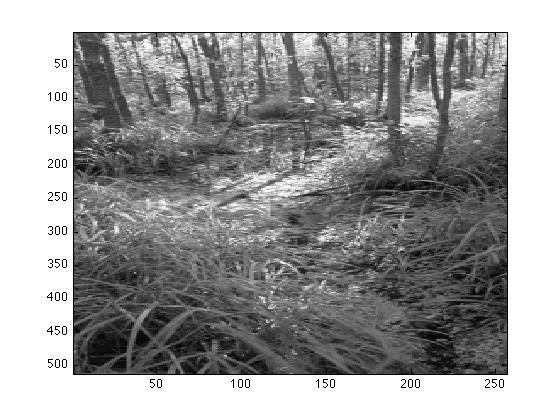
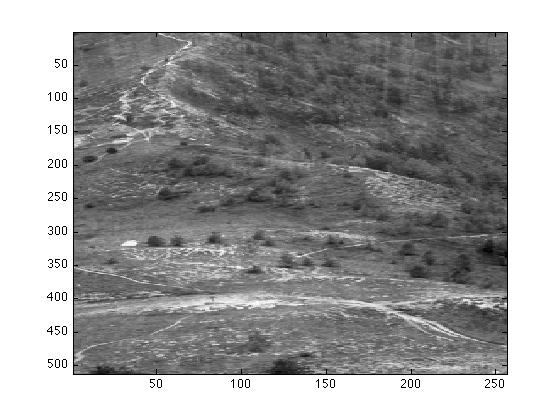
Color Images:
Source Images:



Mixed Images with different weights:
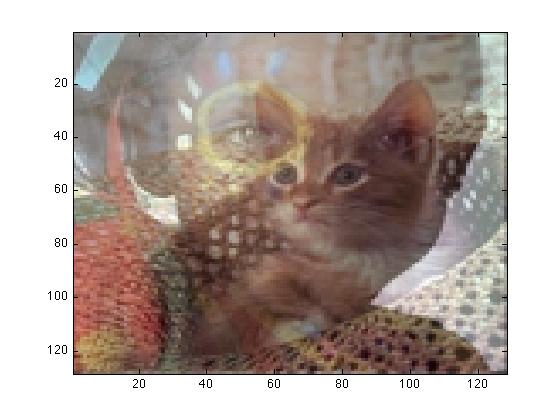
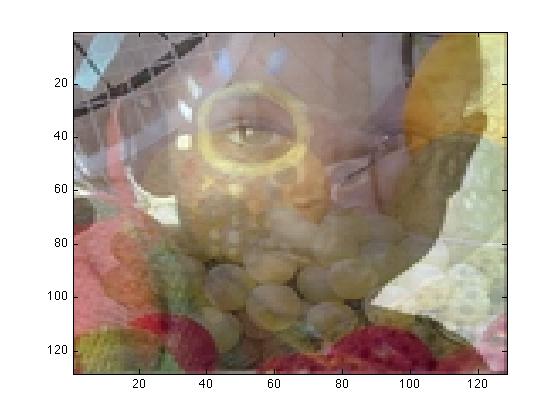
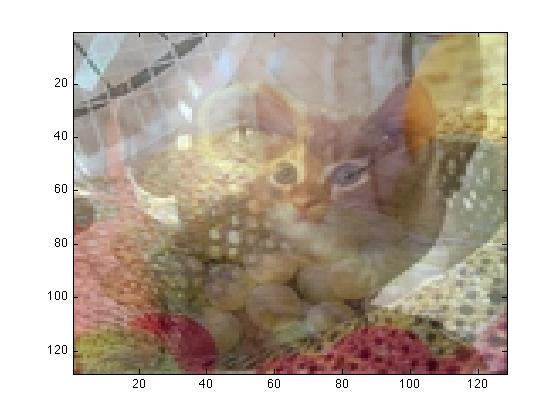
Seperated Images

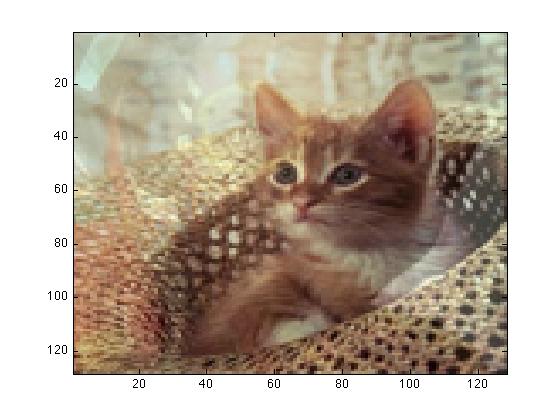
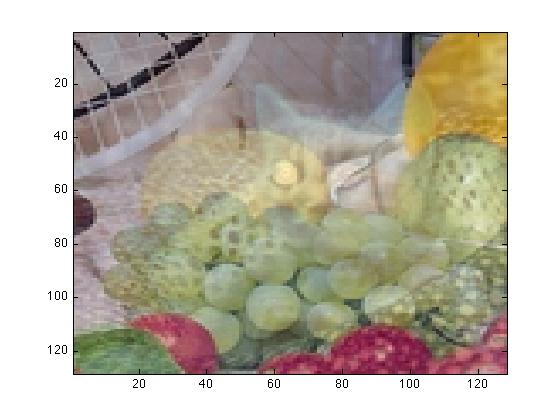
Natural Images:
The data set is from "User Assisted separation of reflections from a single image using a sparsity prior".
In this paper, the author introduced a supervised method to separate the objects behind a glass and the reflection on the glass. With laplacian prior, when the number of labels of gradients is large enough, the image is well separated. To construct two images with diffrent weights of background objects and reflections from a single natural image, I reduced the number of labels. Here are the original image and the image with lighter weights of reflection.
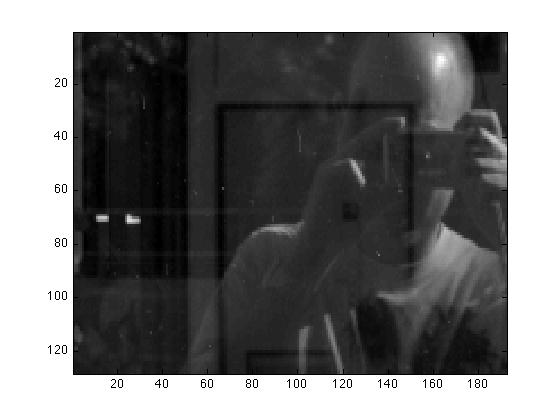
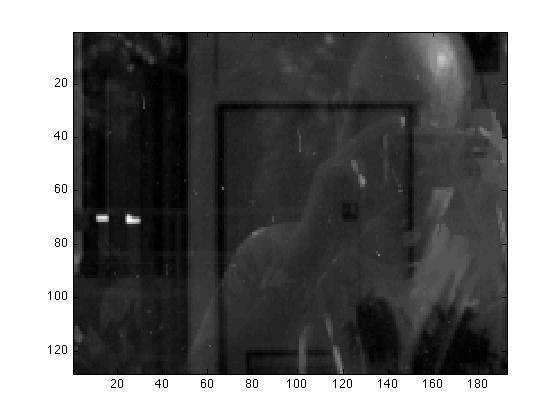
Separated Images:
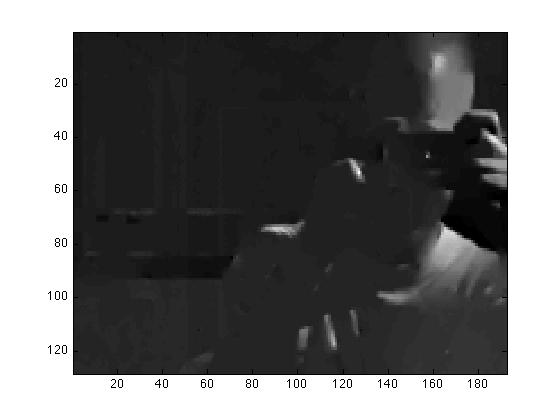
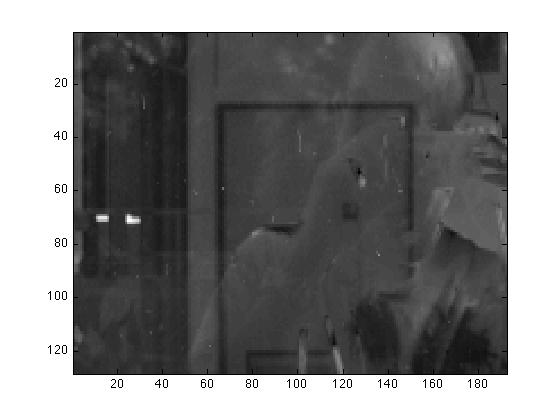
Reference
Levin A, User assisted seperation of reflections from a single image using a sparsity prior.
Aapo Hyvarinen and Erkki Oja, Neural Networks Research Center Helsinki University of Technology, Independent Component Analysis: Algorithm and Applications.
Hiroshi Saruwatari , Blind Source Separation Combining Independent
Component Analysis and Beamforming
H.Farid E.H.Adelson, Separating reflections from images by use of independent component analysis. Jornal of the optical society of america. 16(9):2136-2145, 1999
FastICA Algorithm for the Separation of Mixed Images, ARTI KHAPARDE* M.MADHAVILATHA+ , WSEAS TRANSACTIONS on SIGNAL PROCESSING























